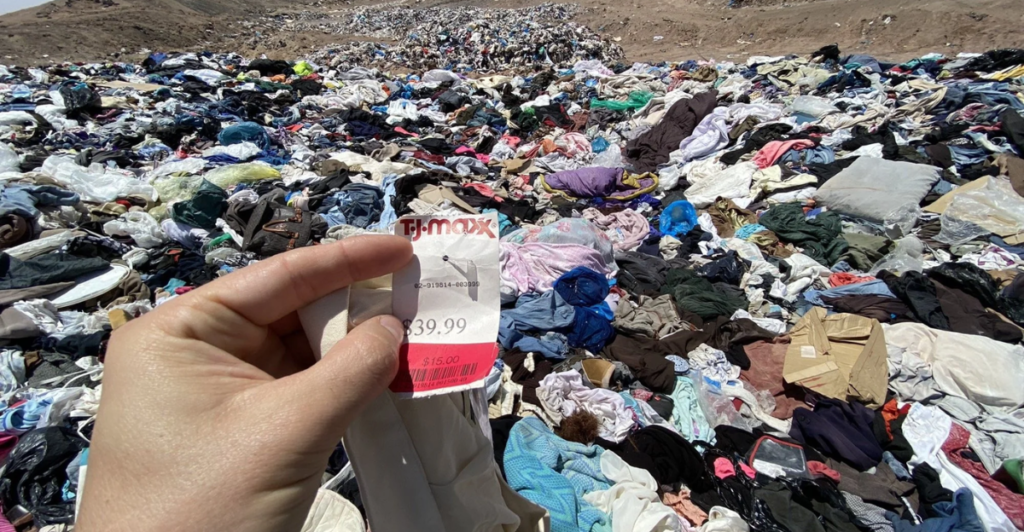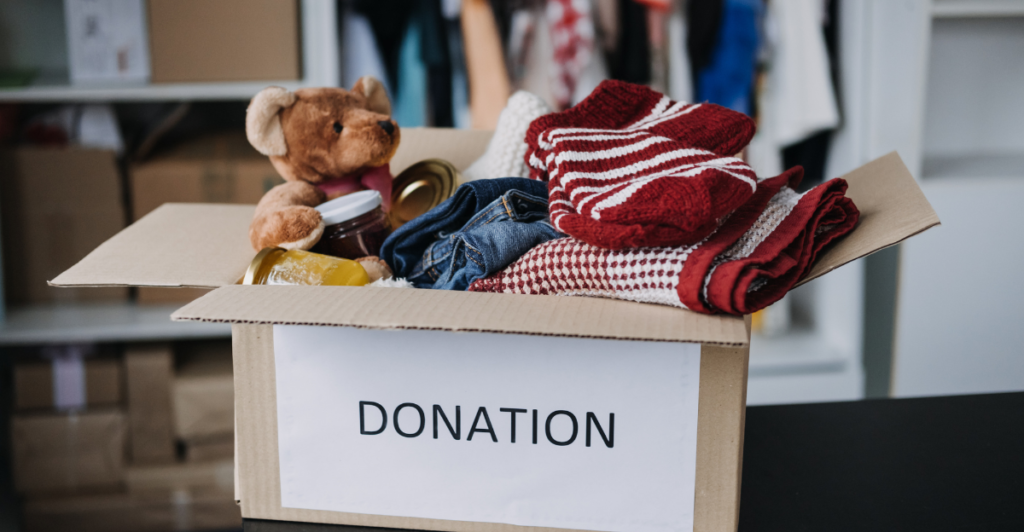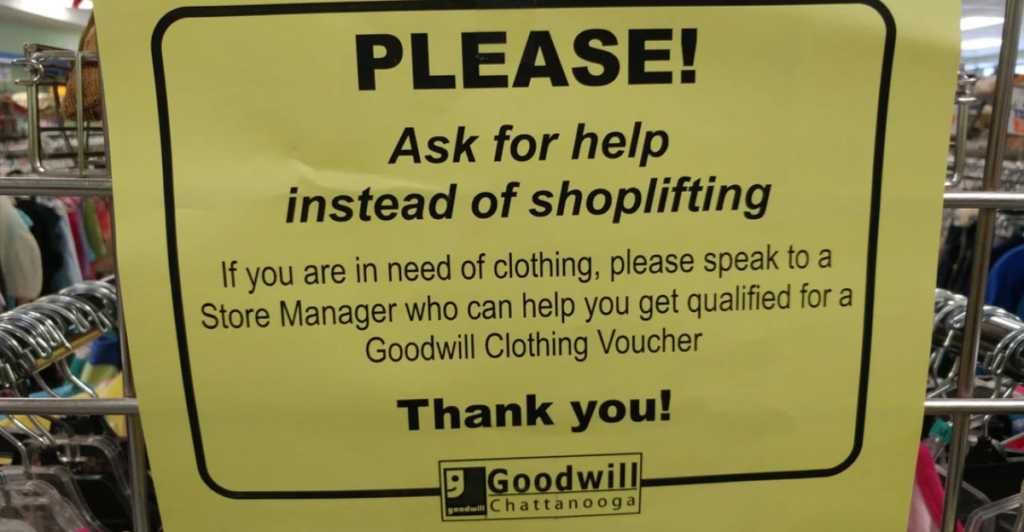
Donating clothes to organizations like Goodwill might seem like a simple and helpful way to reduce waste and support those in need. However, it is much more complex than that. In many cases, donations can have unintended negative effects on the environment, local economies, and charities themselves.
From overwhelming landfills to exploiting developing nations, in this article, we will take a look at nine ways donating clothes may do more harm than good. Understanding these issues can help us make more informed decisions about how we give and reduce waste responsibly.
1. Overwhelming Landfills

While donating your old clothes might seem like a sustainable solution, the truth is that only a fraction of donated items get sold in thrift stores. Goodwill and similar organizations often receive more clothing than they can process or sell, especially low-quality fast fashion items.
A lot of the time, unsold clothing is sent to landfills, which contributes to the 16 million tons of textile waste generated annually in the U.S. Not only does this waste take up space, it also releases harmful chemicals and microplastics into the environment as the fabrics degrade.
2. Undermining Local Economies

A lot of the time, donated clothes are exported to developing countries, where they are sold at cheap prices in local markets. While this may provide affordable options for consumers, it has devastating effects on local textile industries. This makes it impossible for local businesses to compete with the low prices of imported goods.
In regions like East Africa, this has led to the collapse of domestic garment production, resulting in widespread unemployment and economic instability. This system creates dependence on foreign goods and stifles opportunities for local industries to grow and thrive.
3. Environmental Pollution

The donation process has hidden environmental costs that you probably aren’t aware of. Transporting large amounts of clothing across countries or continents generates significant greenhouse gas emissions. Once these clothes reach their destination, many are discarded because of poor quality or oversupply, which leads to improper disposal methods like open burning or dumping in waterways.
Ghana’s Kantamanto Market receives a ton of secondhand clothing each week, but nearly half of it ends up as waste, polluting local communities. This cycle of donation and disposal contributes to environmental degradation, harming ecosystems and exacerbating climate change rather than providing a sustainable solution.
4. Financial Strain on Charities

Charities like Goodwill often face financial burdens because of the overwhelming amount of donations they receive. Many of these items cannot be sold because of damage or poor quality. Processing these items requires significant resources, including sorting, transporting, and disposing of unusable items.
Disposal costs can run into millions annually for large organizations, diverting funds from their primary missions such as job training or community programs. Donating unsuitable items may feel helpful to donors but it actually creates additional challenges for charities trying to manage waste responsibly while still supporting their core initiatives.
5. Encouraging Overconsumption

Donating clothes can inadvertently support overconsumption by providing a convenient outlet for discarding excess items without addressing underlying habits. Many people view donations as a way to justify frequent purchases from fast fashion brands that produce low-cost, disposable items.
This mindset creates a cycle where people buy more than they need and dispose of items after minimal use. The fast fashion industry thrives on this behavior, producing billions of garments annually that often end up as waste within months. Instead of donating excessively, consumers should focus on buying fewer, higher-quality items that last longer and reduce overall waste.
6. Poor Sorting and Recycling Practices

A lot of the time, charities struggle with sorting and recycling the massive amount of donated clothing they receive in a day. While some items are sold in thrift stores or outlet centers, many donations are unsuitable for resale because of damage or poor quality.
Recycling options for textiles are limited. Only a small percentage is repurposed into industrial materials like insulation or rags. The rest is sent to landfills or incinerated when recycling isn’t possible. This inefficiency shows the need for better donation practices and improved systems for textile recycling to minimize waste and maximize the environmental benefits of secondhand clothing.
7. Exploitation of Developing Nations

When donated clothing is sent to developing countries, it can lead to negative consequences in the long run. These countries can become dependent on imported secondhand clothing rather than developing their own local industries to produce garments. This can harm their economic growth and job creation in the textile sector.
But on the other hand, if these clothes are not sold, these countries suffer. These nations often lack the infrastructure to manage the waste generated by imported textiles, leading to pollution from discarded clothing that cannot be reused or recycled locally.
8. Declining Quality of Donations

The rise of fast fashion has led to a decline in the quality of donated clothing, making it harder for charities like Goodwill to resell items like they used to. Many donations consist of poorly made garments that wear out quickly or show significant damage after minimal use.
These low-quality items rarely meet resale standards and often end up discarded instead of benefiting those in need. Charities rely on selling higher-quality donations to fund their programs. When they receive unusable items instead, it reduces their ability to generate revenue while increasing disposal costs and contributing further to textile waste.
9. Misguided Intentions

Many people donate clothes, assuming that their contributions will directly help individuals in need, but this is rarely the case. Most donations are sold in thrift stores or exported abroad rather than given directly to people who are experiencing poverty or homelessness.
While these sales fund charitable programs, they don’t always address immediate needs within local communities or ensure equitable distribution globally. Donors should consider alternative ways to support those in need, like targeted donations through shelters or community organizations, to ensure their efforts have a meaningful impact.